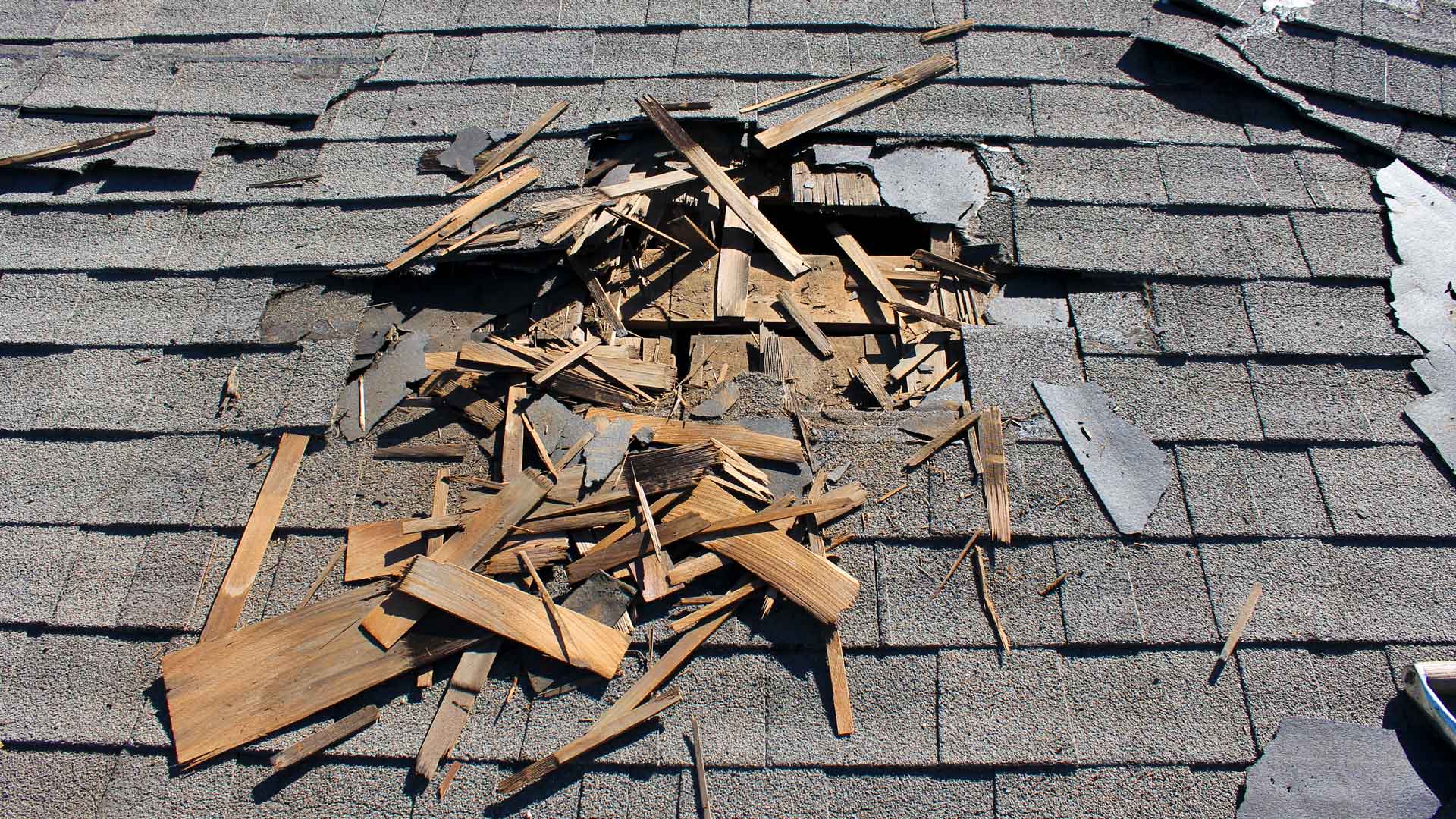When you are thinking about purchasing a commercial property or homeowner’s insurance policy, there are typically three primary levels of coverage you can choose from: basic, broad, and special.
The differences between these forms can be confusing. Picking the wrong coverage form can create potential gaps in coverage which can leave you having to pay out of pocket at the time of a claim.
It is important to understand the difference between the three forms of coverage so you can make an informed decision that will best fit your needs as a church or nonprofit leader. In this blog post, we will discuss what makes basic, broad and special unique, and why special form is your best coverage form option.
A Peril vs. a Hazard
Before we break down each form, let us talk about perils. A peril is a potential factor or event that can cause a direct loss, such as the possibility of a hail or windstorm that can damage your home or building. Hail damage claims are one of the most common losses that can occur. In 2019, there were over 5,300 hail events that took place in the United States.
To understand perils, we also need to talk about what a hazard is. Hazards are an activity or factor that causes or accelerates a loss, like not having the brakes on your vehicle regularly checked or leaving a bonfire burning unsupervised close to your home. These types of hazards can make a peril or loss more likely to occur or worsen it.
Now that we have a deeper understanding of perils and hazards let’s jump into each coverage form.
What is Basic Form?
Basic is the least inclusive of the three coverage forms because it covers only named perils. It is the silver package of the three forms and gives you the bare minimum for the most common losses that can take place.
What is Broad Form?
Broad form is more extensive than basic or a “Gold-level” package, but not as comprehensive as special. It incorporates coverages for the hazards under basic form with multiple additions. As with a basic form policy, broad only covers named perils. If the coverage is not named in the policy, it will be excluded.
What is Special Form?
Special form offers the highest and most comprehensive level of coverage of the three or the “platinum level.” It encompasses the perils under basic, broad, and goes beyond. Unlike basic and broad, special form does not limit the perils that are covered; rather, it only lists perils that are excluded.
Excluded perils will vary from policy to policy, but here are some examples of common exclusions:
- Earthquake
- Flood
- War
- Nuclear Acts
- Power Failure
Why do we recommend Special Form over the others?
Special form makes room for those unexpected curveball hazards at your church or nonprofit, like a deer jumping through a window causing extensive damage to the building.
Yes – a deer jumped through the window of one of our clients. It was a terrible mess BUT it was covered.
Typically, special form excludes birds, rodents, vermin and insects because they fall under maintenance and preventative hazards however a deer jumping through your window is not something you can truly prevent.
We recommend Special Form over basic or broad simply because it gives you the best possible protection, not only do we want to protect your building and property, but we want to protect your mission as a church or nonprofit. Special Form is that added assurance of knowing you will be prepared and covered for typical claims and also those claims that are truly unexpected.
Final Thoughts
With so many options, it is important to carefully read your type of policy form with their named perils and exclusions, and if you are unsure, you should contact your agent or insurance carrier. You do not want to find out too late that your property or organization is not covered properly against a loss.
Here at CTG Insurance we believe in protecting your mission while providing the best customer service possible, we are available for policy reviews and to assist with any questions you may have.








